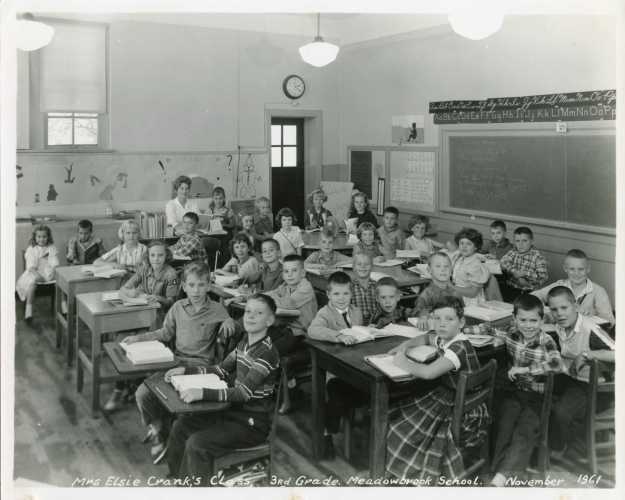
Running across that Jeannie Gaffigan column reminded me of a hilarious movie I rewatched part of while on the elliptical this morning.
I’m talking about “Unfrosted,” in which her husband co-starred with Jerry Seinfeld. Both were great, as were the rest of the ensemble cast. So was the film itself, which you might find surprising if you just saw or heard a description of the premise when it came out last year. It’s “Loosely based on the true story of the creation of Pop-Tarts toaster pastries.”
For that reason, I had ignored it on Netflix for some time before giving in and checking it out. But you know, sometimes the things that sound the dumbest when you first hear about them turn out to be the greatest discoveries. (I’m thinking, apparently irrelevantly, of the 1992 alternative-history novel The Guns of the South, which Wikipedia summarizes thusly: “The story deals with a group of time traveling members of the Afrikaner Weerstandsbeweging (AWB) from an imagined 21st-century South Africa, who supply Robert E. Lee‘s Army of Northern Virginia with AK-47s and other advanced technology, medicine and intelligence.” See what I mean? But it’s awesome.)
So I enjoyed every one of those 10 minutes on the elliptical (I’ll walk some more later, I promise!).
But, as I did the time or two that I saw it before, I couldn’t help wondering: Could anyone but a Baby Boomer get it? So much of the comedy comes from lampooning cultural touchstones of the early-to-mid ’60s, or shortly thereafter (such as the “Godfather” references). Some examples:
Milkmen. Actually this is less a thing we all experienced in the ’60s — of all the places I lived growing up as a Navy brat, I think there was only one place where milk was delivered to our doorstep. But it was still an standard cultural reference that everyone still recognized. And we could understand how they might have resisted the milkless Pop-Tart.
The Schwinn Stingray bike. They had to reach to pull this into a comedy about breakfast cereal, but they made it work.
Artificial sweeteners. My most vivid memory regarding this phenomenon comes from 1965. I’ve written about that period when we had just returned from Ecuador and I was happily mainlining television every second of the day, and I just had to have everything touted in a commercial. The Diet Pepsi ads were particularly successful in convincing me the product actually tasted better than regular cola that I begged my Mom to buy a six-pack, and she did, and I’ve regretted it ever since.
The ‘Leave it to Beaver’ lifestyle. I mean Jerry Seinfeld as an executive stepping out of his front door each morning in his suit and tie, after a bowl of Kelloggs, and smugly taking a kiss on the cheek from his lovely wife before setting out with his briefcase to win the Wonder bread for his fam. Sure, my Dad was in the Navy and was often at sea for months at a time, but I was pretty sure that civilians lived just like that. Because, you know, TV doesn’t lie. Except about Diet Pepsi.
Jack Lalanne. Yes, I also faithfully watched his show during that period of addiction, and was convinced I, too, could be that fit. Of course, that didn’t work out much better than the Diet Pepsi.
The Space Program. Most specifically, the satirical restaging of the famous press conference in which the original Seven Mercury Astronauts were unveiled to an admiring, applauding public. Actually, it was a restaging of a previous satirical restaging in “The Right Stuff,” which was a great scene. But Wolfeian overstatement aside, the Right Stuff version wasn’t that far from the original event. And it inspired a warm-but-sad nostalgia for me. It evoked a time when we all knew that if Americans worked together, we could do anything. And none of us were embarrassed about applauding heroes.
So lots of chuckles — some rueful, but all quite warm. For me, and for people my age.
But did kids get it at all? I dunno. That just hit me this morning when I mentioned it to my daughter, but stopped myself and admitted that she might not find it nearly as funny.
Of course, kids do like to laugh at anything that regards Boomers. And they might have had these cultural references crammed down their throats enough to see the jokes. But they can’t possibly appreciate them fully…



































